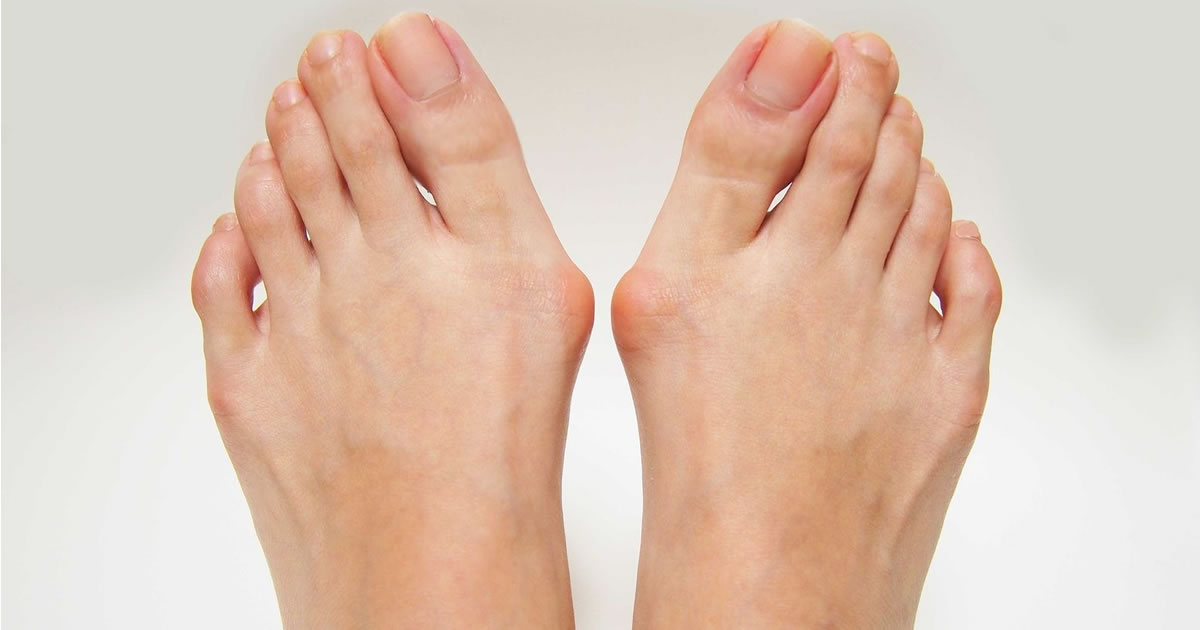
Bunions are a bony bump that forms at the joint at the base of the big toe. It occurs when one or more bones in the front of the foot slip out of place. This causes the tip of the big toe to point towards the smaller toes and forces the joint at the base of the big toe to come out. The skin on the bunions may be red and sore.
Wearing tight, narrow shoes can cause bunions or make them worse. Bunions can also develop as a result of the shape of the foot, a foot deformity, or a disease, such as arthritis.
Smaller bunions may develop at the small toe joint.
SYMPTOMS
Signs and symptoms of bunions include:
- A bulge on the outside of the base of the big toe
- Swelling, redness, or pain around the big toe joint
- Calluses or calluses: often form where the first and second toes rub against each other
- Ongoing pain or pain that comes and goes
- Limited movement of the big toe
CAUSES:
There are some theories about how bunions are produced, but the exact cause is unknown. Causes are likely to include:
- Inherited foot type
- Wearing inappropriate footwear
- Stress or injuries to the feet
- Deformities present at birth
Experts disagree on whether tight, high-heeled or too narrow shoes are the cause of bunions or whether footwear simply accelerates their appearance.
Bunions could be linked to certain types of arthritis, particularly inflammatory types, such as rheumatoid arthritis.
RISK FACTORS
Factors may increase your risk of bunions:
- High heels. Wearing high heels pushes the toes to the front of the shoes, often squeezing them considerably.
- Shoes that don’t fit well. People who wear shoes that are too tight, too narrow, or pointed are more likely to develop bunions.
- Rheumatoid arthritis. Having this inflammatory condition can increase the chance of developing bunions.
- Inheritance. The tendency to develop bunions may be the result of a hereditary problem of the structure or anatomy of the foot.
COMPLICATIONS
The most common complications of bunions include:
- Bursitis. This painful condition occurs when the small fluid-filled pads that cushion the bones near the joints become inflamed.
- Hammertoe. An abnormal curvature that occurs in the middle of a toe joint, usually the toe next to the big toe, can cause pain and pressure.
- Metatarsalgia. This condition causes pain and swelling in the ball of the foot.
PREVENTION
You can help prevent bunions by choosing shoes carefully. “THERAPEUTIC AND BIOMECHANICAL FOOTWEAR BOCCIO” They must have a wide and sufficient space for the fingers and there must be space between the longest fingertip and the tip of the shoe.
Your shoes should fit the shape of your feet without squeezing or pressing on any part of your foot. “THERAPEUTIC AND BIOMECHANICAL FOOTWEAR BOCCIO” shoes manufactured according to the individual and particular need of each patient, made with 100% natural materials, comfortable and designed especially for this type of situation.
